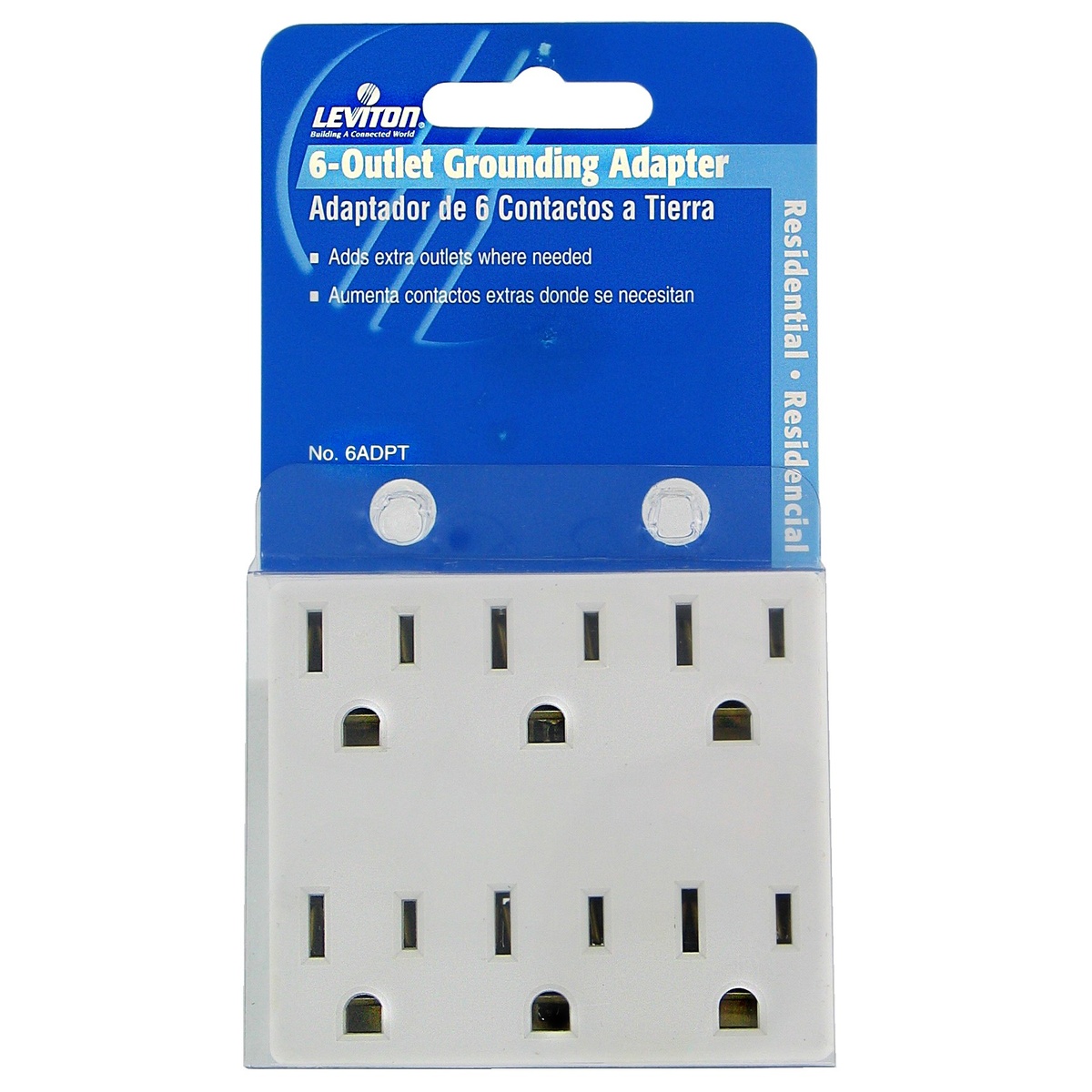

Articles
How To Use Grounding Adapter
Modified: February 29, 2024
Learn how to use grounding adapters in this comprehensive guide. Explore articles covering the benefits, types, and proper usage of grounding adapters.
(Many of the links in this article redirect to a specific reviewed product. Your purchase of these products through affiliate links helps to generate commission for Storables.com, at no extra cost. Learn more)
Introduction
When it comes to electrical safety, proper grounding plays a crucial role. Grounding ensures that excess electrical energy is safely directed to the ground, protecting us from electrical shocks and potential fire hazards. However, not all electrical outlets are equipped with proper grounding, particularly in older buildings or in areas with outdated electrical systems. This is where grounding adapters come into play.
A grounding adapter, also known as a ground plug adapter or a three-prong to two-prong adapter, allows you to convert a three-prong outlet into a two-prong outlet while maintaining a secure connection to the grounding wire. This enables you to use electronic devices and appliances that require a grounded connection, even in outlets without proper grounding.
In this article, we will dive deeper into understanding grounding adapters, how to choose the right one, and provide a step-by-step guide on how to use them effectively. We will also discuss important precautions and safety tips to keep in mind when using grounding adapters. So, let’s get started and ensure that your electrical devices are safely grounded!
Key Takeaways:
- Grounding adapters provide a temporary solution for using electronic devices in outlets without proper grounding, redirecting excess electrical energy to protect against shocks and fire hazards.
- When using grounding adapters, prioritize safety by choosing the right adapter, following installation steps, and implementing precautions to minimize electrical hazards.
Read more: How To Use A Travel Adapter
Understanding Grounding Adapters
Grounding adapters are small devices that provide a temporary solution for using electronic devices and appliances that require a grounded connection. They are designed to convert a three-prong plug into a two-prong plug and establish a connection between the grounding wire in the electrical outlet and the electronic device.
So, how do grounding adapters work? Inside the adapter, there are three slots: one for the grounding prong of the plug, and two for the hot and neutral prongs. The adapter effectively connects the grounding prong of the device to the grounding wire in the outlet, creating a safe pathway for excess electrical energy to be discharged to the ground.
It is important to note that while grounding adapters provide a temporary solution, they do not actually provide grounding if the outlet itself is not properly grounded. They simply redirect any potential electrical surges or excess energy to an alternate pathway, reducing the risk of electrical shock and protecting your appliances.
It’s important to understand that grounding adapters should not be used as a long-term solution. If you encounter outlets without proper grounding in your home or workplace, it is advisable to consult a licensed electrician to evaluate and update the electrical system to ensure your safety.
Now that we have a basic understanding of grounding adapters, let’s move on to the next section where we discuss how to choose the right adapter for your needs.
Choosing the Right Grounding Adapter
When it comes to selecting the right grounding adapter, there are a few factors to consider to ensure compatibility and safety. Here are some essential factors to keep in mind:
- Adapter Type: Grounding adapters come in different types, such as cheater plugs, polarized adapters, and GFCI adapters. Cheater plugs are the most common type and simply convert a three-prong plug to a two-prong plug. Polarized adapters, on the other hand, ensure that the hot and neutral prongs are correctly aligned. GFCI (Ground Fault Circuit Interrupter) adapters offer additional protection by automatically shutting off the electrical circuit when a fault is detected.
- Amperage Rating: Check the amperage rating of the grounding adapter to ensure it matches the requirement of your electronic device or appliance. Using an adapter with a lower amperage rating than necessary can result in overheating and potential electrical hazards.
- Durability and Quality: Look for grounding adapters made from durable and high-quality materials. Since they will be handling electrical connections, it is important to choose adapters that are sturdy and reliable to ensure a safe and secure connection.
- Brand Reputation: Consider purchasing grounding adapters from reputable brands or manufacturers known for their quality electrical products. Reading customer reviews and checking for certifications can also help in determining the reliability of the adapter.
It is important to note that while grounding adapters provide a temporary solution, they should not be used as a long-term fix. If you have numerous outlets without proper grounding, it is recommended to consult an electrician to assess and update the electrical system.
Now that you have an idea of what to consider when choosing a grounding adapter, let’s move on to the next section, where we will provide a step-by-step guide on how to use the adapter effectively.
When using a grounding adapter, make sure to plug it securely into the outlet and then plug your device into the adapter. This will help provide a safe connection for your electronic devices.
Step-by-Step Guide on How to Use a Grounding Adapter
Using a grounding adapter is a straightforward process. Follow these steps to ensure a safe and effective connection:
- Step 1: Purchase the Right Adapter: As mentioned earlier, choose the appropriate grounding adapter based on your needs and the type of device or appliance you plan to use.
- Step 2: Ensure Power is Off: Before making any connections, ensure that the power to the outlet is turned off. This will minimize the risk of electrical shock during the installation process.
- Step 3: Insert the Adapter: Take the grounding adapter and insert the grounding prong of your electronic device or appliance into the grounding slot of the adapter. Make sure it fits securely.
- Step 4: Connect to the Outlet: Insert the grounding adapter into the two-prong outlet. Push it in firmly until it’s fully seated. Ensure a tight and secure connection.
- Step 5: Power On: Once the adapter is properly connected, you can turn on the power to the outlet. Check if your electronic device or appliance is functioning correctly.
It’s important to note that grounding adapters are designed for temporary use. If you consistently rely on grounding adapters in your home or workplace, it’s advisable to consult a licensed electrician to evaluate and update the electrical system.
By following these simple steps, you can safely use a grounding adapter and ensure that your electronic devices and appliances are protected from potential electrical hazards.
Next, let’s discuss some important precautions and safety tips to keep in mind when working with grounding adapters.
Precautions and Safety Tips
While grounding adapters provide a temporary solution for using electronic devices and appliances in outlets without proper grounding, it is important to follow certain precautions to ensure your safety. Here are some precautions and safety tips to keep in mind:
- Use with Caution: Grounding adapters should only be used temporarily and sparingly. It is not recommended to rely on them as a long-term solution. If you have multiple outlets without proper grounding, consult a licensed electrician to evaluate and update the wiring.
- Regularly Inspect Adapters: Regularly check the condition of the grounding adapters. Look for signs of wear, damage, or loose connections. If you notice any issues, replace the adapter immediately.
- Do Not Overload Outlets: Avoid overloading outlets with too many devices or appliances connected through grounding adapters. Overloading can lead to overheating, electrical hazards, and potential fires.
- Ensure a Secure Connection: When inserting the grounding adapter into the outlet, make sure it is secure and fully seated. Loose connections can result in electrical arcing and pose a safety risk.
- Follow Manufacturer’s Instructions: Always read and follow the manufacturer’s instructions that come with the grounding adapter. They provide specific guidelines for installation and usage.
- Be Mindful of Electrical Requirements: Ensure that the grounding adapter is suitable for the amperage and voltage requirements of your electronic devices and appliances. Using an adapter with insufficient capabilities can lead to malfunctions and hazards.
- Keep Out of Reach of Children: Store grounding adapters in a safe and inaccessible place, away from the reach of children. Children should never be allowed to tamper with electrical connections or handle grounding adapters.
- Regular Maintenance: Periodically check the condition of the electrical outlets in your home or workplace. If you notice any outlets without proper grounding, contact a licensed electrician to address the issue.
By following these precautions and safety tips, you can minimize the risk of electrical hazards and ensure the safe use of grounding adapters.
Now that we have covered the precautions and safety tips, let’s move on to the concluding section of this article.
Read more: How To Use Keurig Adapter
Conclusion
Grounding adapters provide a temporary solution for using electronic devices and appliances in outlets without proper grounding. They are designed to convert a three-prong plug into a two-prong plug while maintaining a secure connection to the grounding wire. By redirecting excess electrical energy to alternate pathways, grounding adapters help protect us from electrical shocks and potential fire hazards.
When selecting a grounding adapter, consider factors such as the adapter type, amperage rating, durability, and brand reputation. It is important to use grounding adapters cautiously and sparingly, as they should not be relied upon as a long-term solution. Consulting a licensed electrician to evaluate and update the electrical system is recommended to ensure your safety.
Using a grounding adapter is a simple process that involves purchasing the right adapter, ensuring the power is off, inserting the adapter securely, connecting it to the outlet, and then turning on the power. Regularly inspecting adapters, avoiding overloading outlets, and following manufacturer’s instructions are essential for safe use.
Precautions such as regular maintenance, secure connections, and keeping grounding adapters out of the reach of children are important for minimizing electrical hazards. By following these precautions and safety tips, you can safely use grounding adapters and protect your electronic devices and appliances.
Remember, grounding adapters are a temporary solution. If you have multiple outlets without proper grounding, seek professional help to ensure the electrical system is updated to meet safety standards.
Grounding adapters provide a practical option to temporarily address the lack of proper grounding, but it is crucial to prioritize electrical safety. By understanding and implementing the recommended procedures and precautions, you can safeguard yourself and your electrical devices from potential risks.
So, stay informed, be cautious, and prioritize your safety when using grounding adapters!
Frequently Asked Questions about How To Use Grounding Adapter
Was this page helpful?
At Storables.com, we guarantee accurate and reliable information. Our content, validated by Expert Board Contributors, is crafted following stringent Editorial Policies. We're committed to providing you with well-researched, expert-backed insights for all your informational needs.

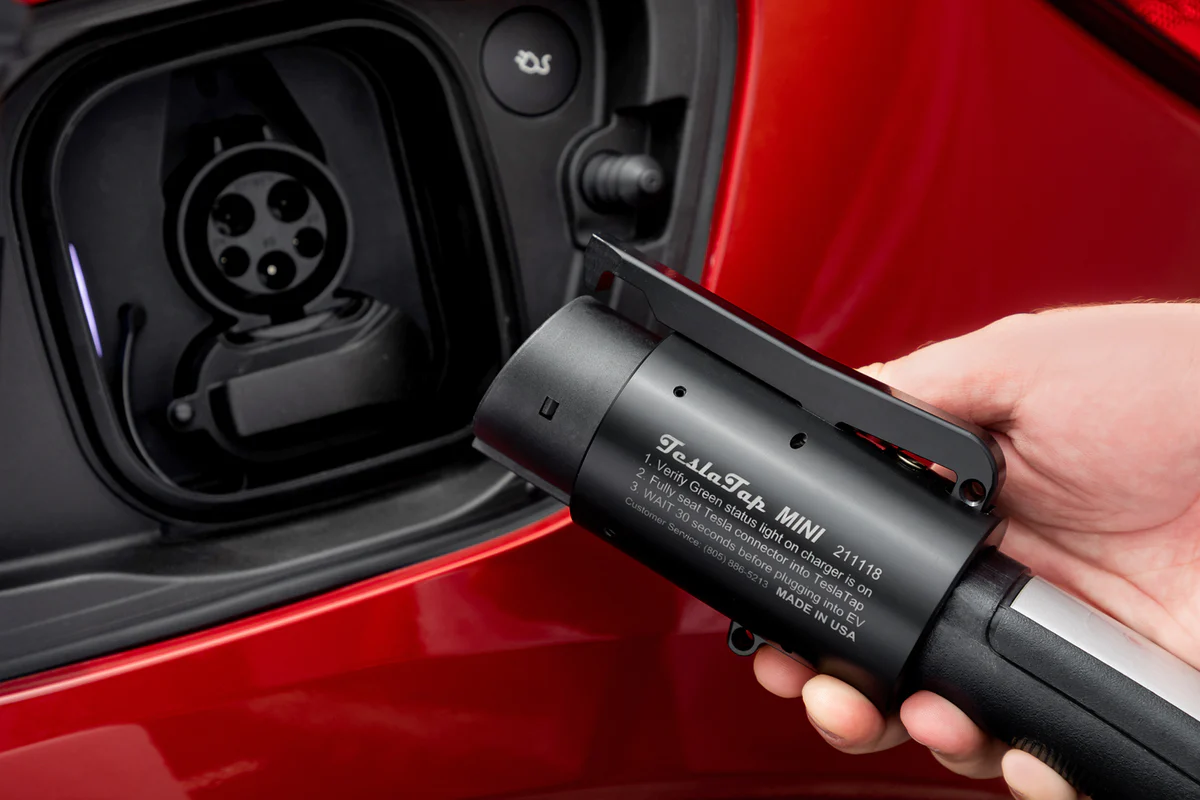
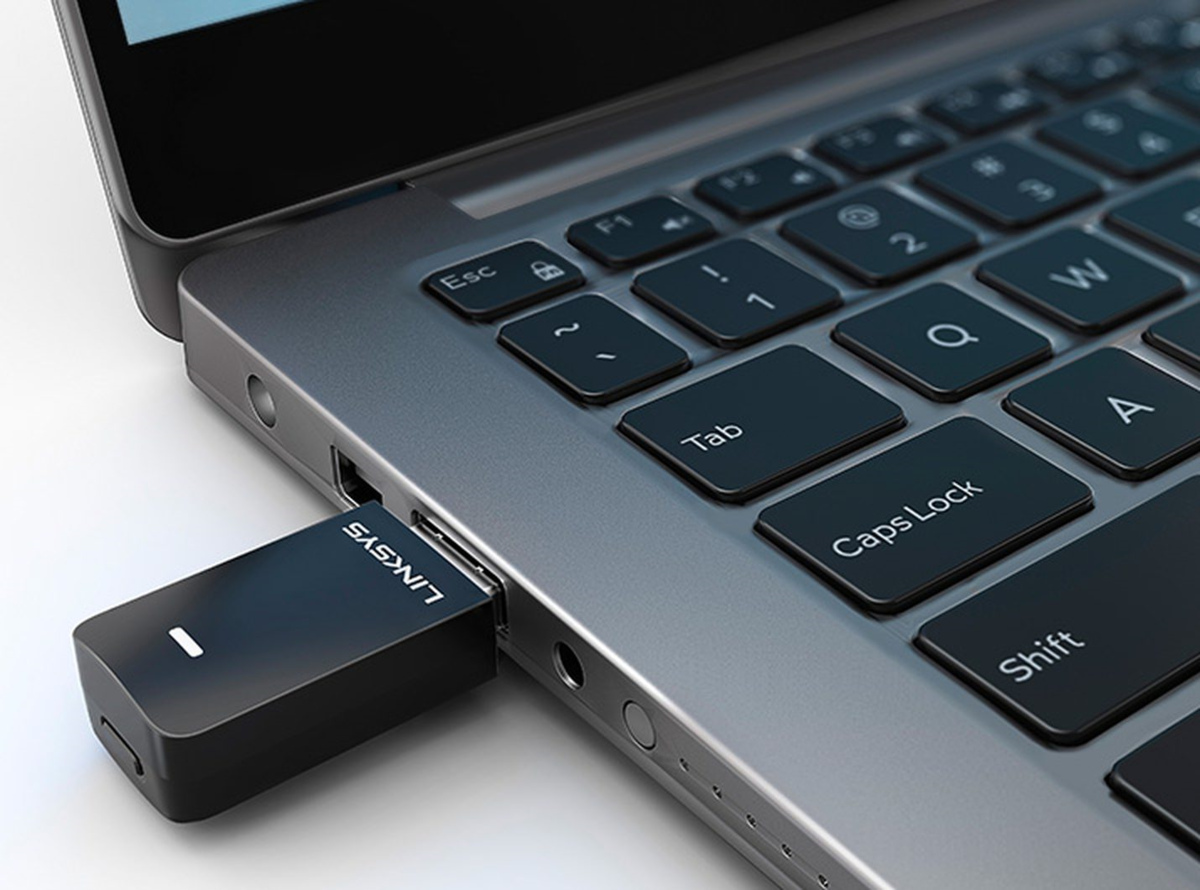
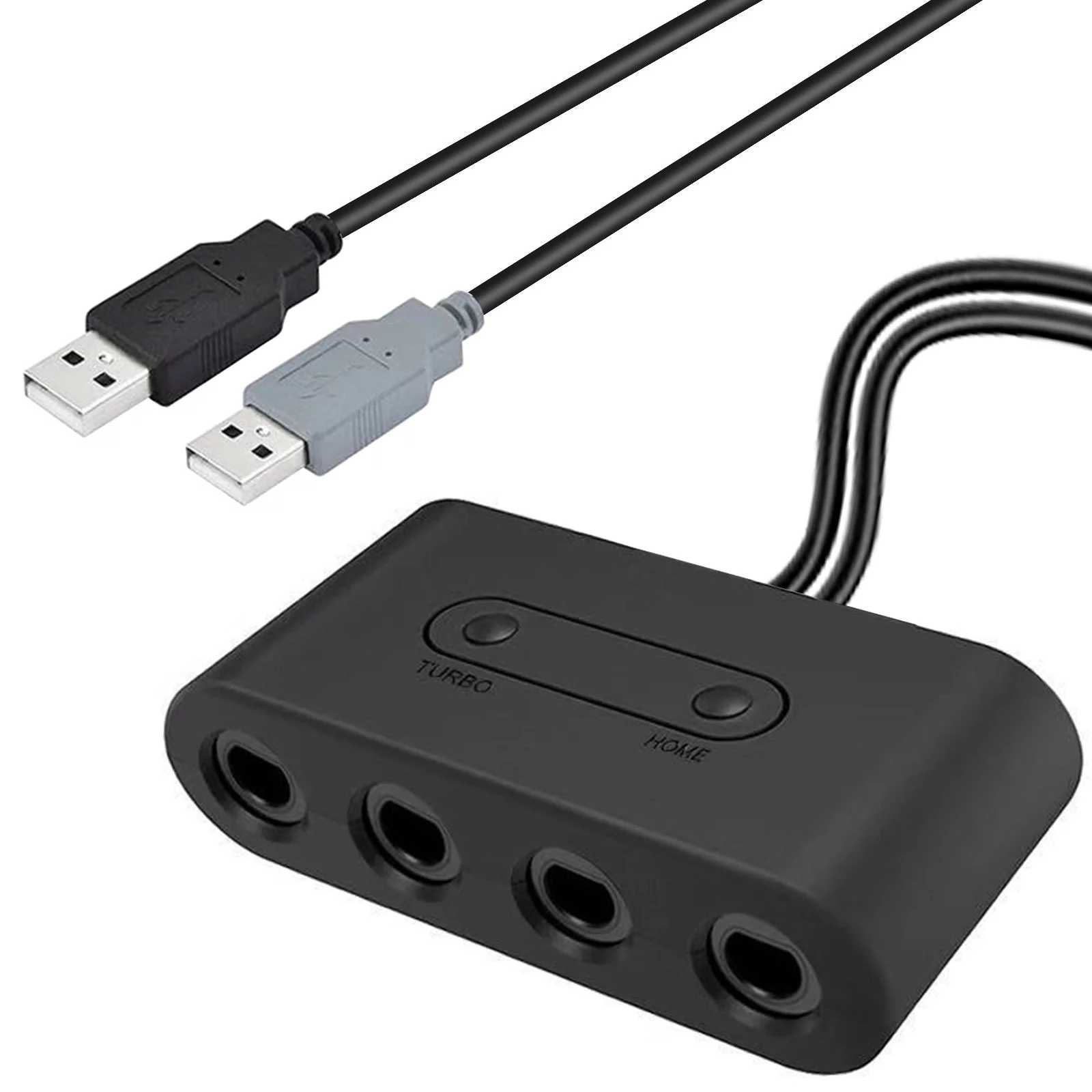

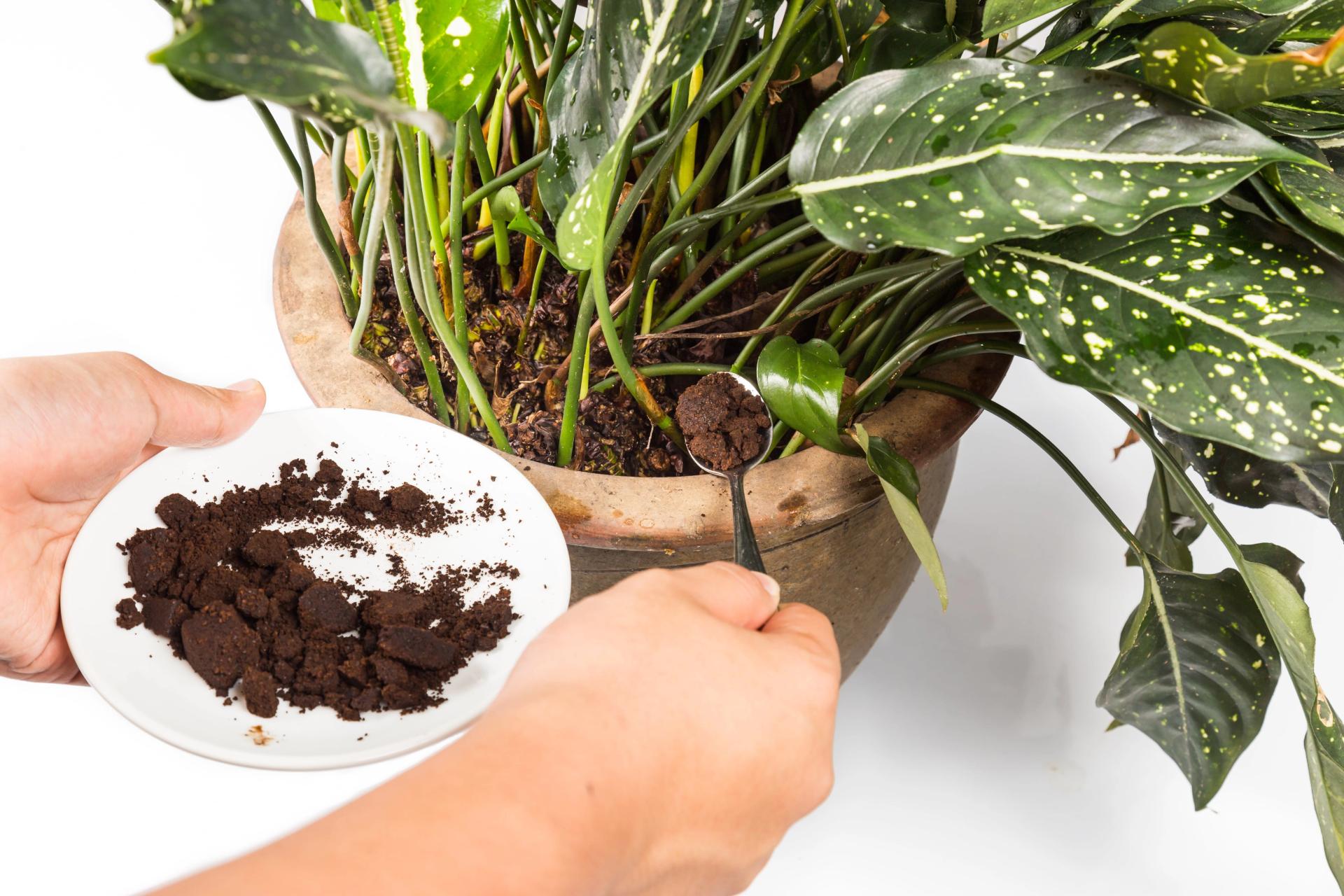
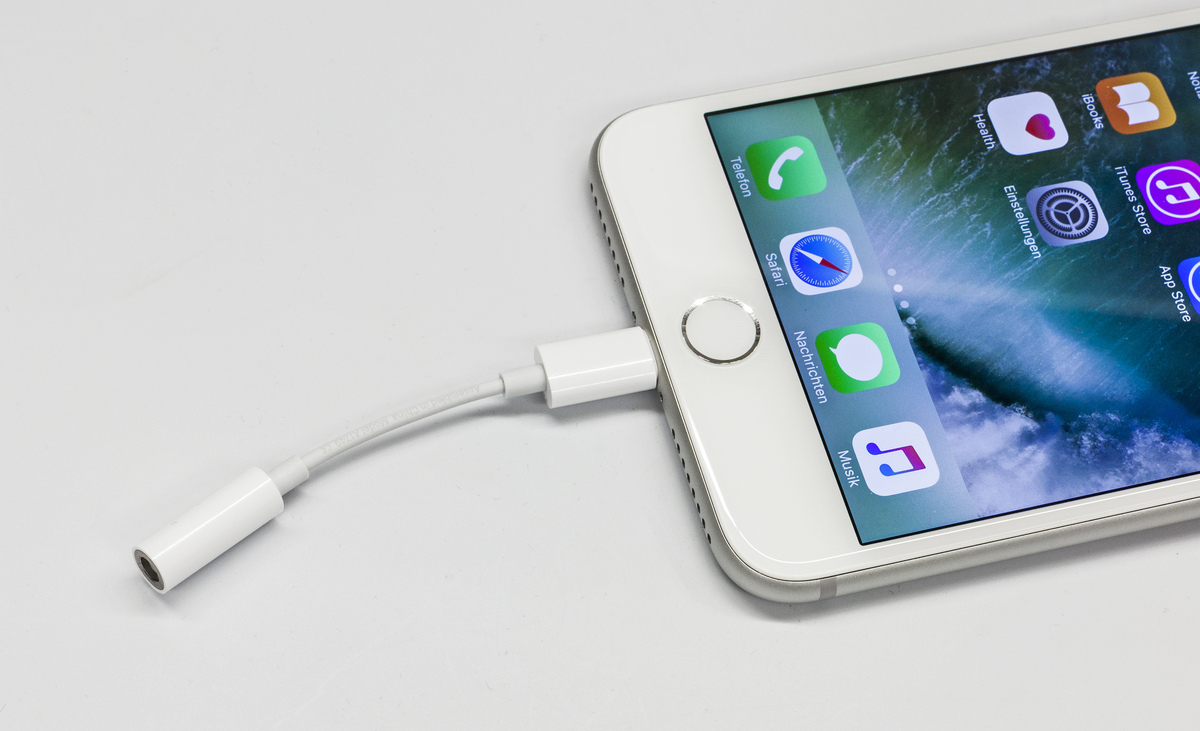
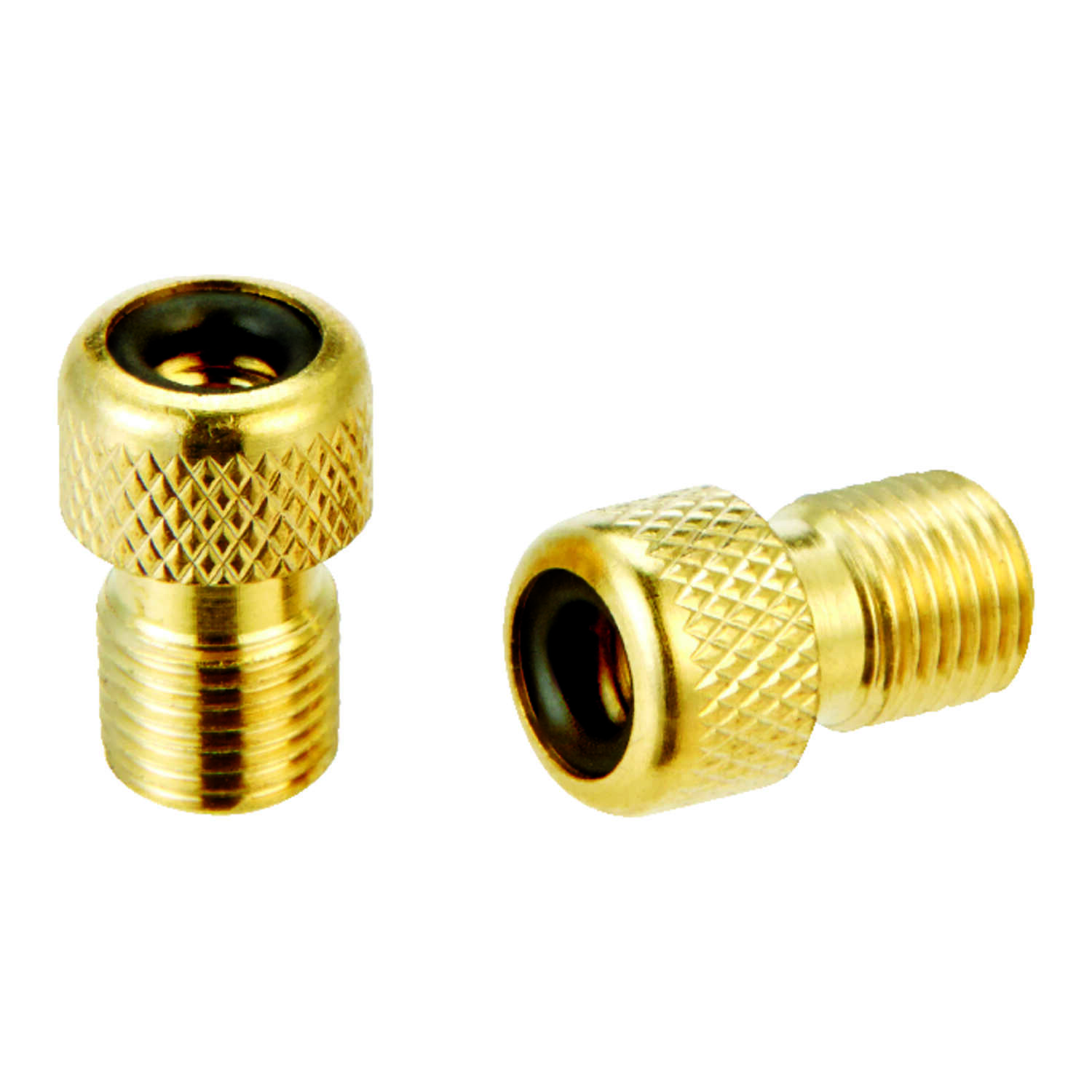
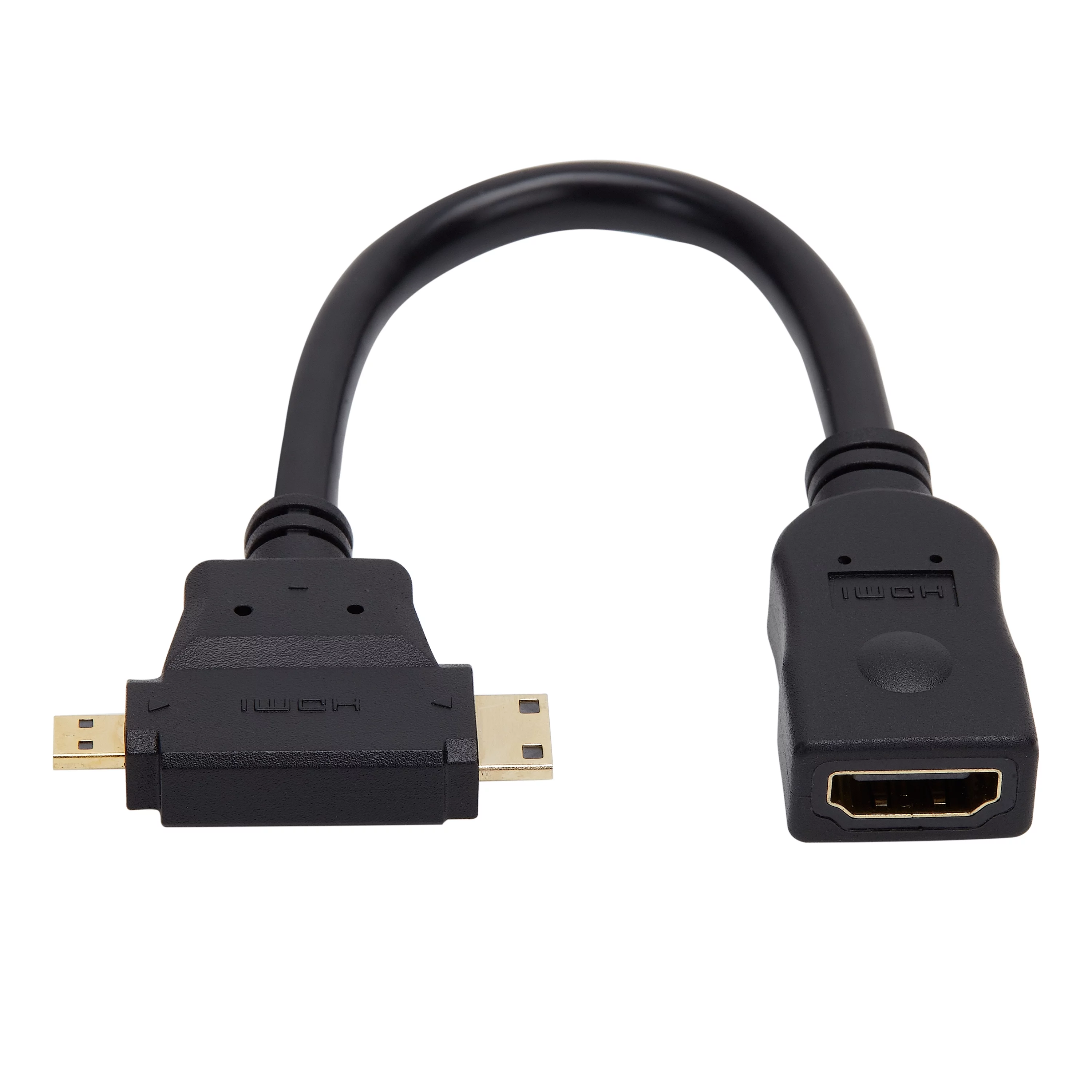
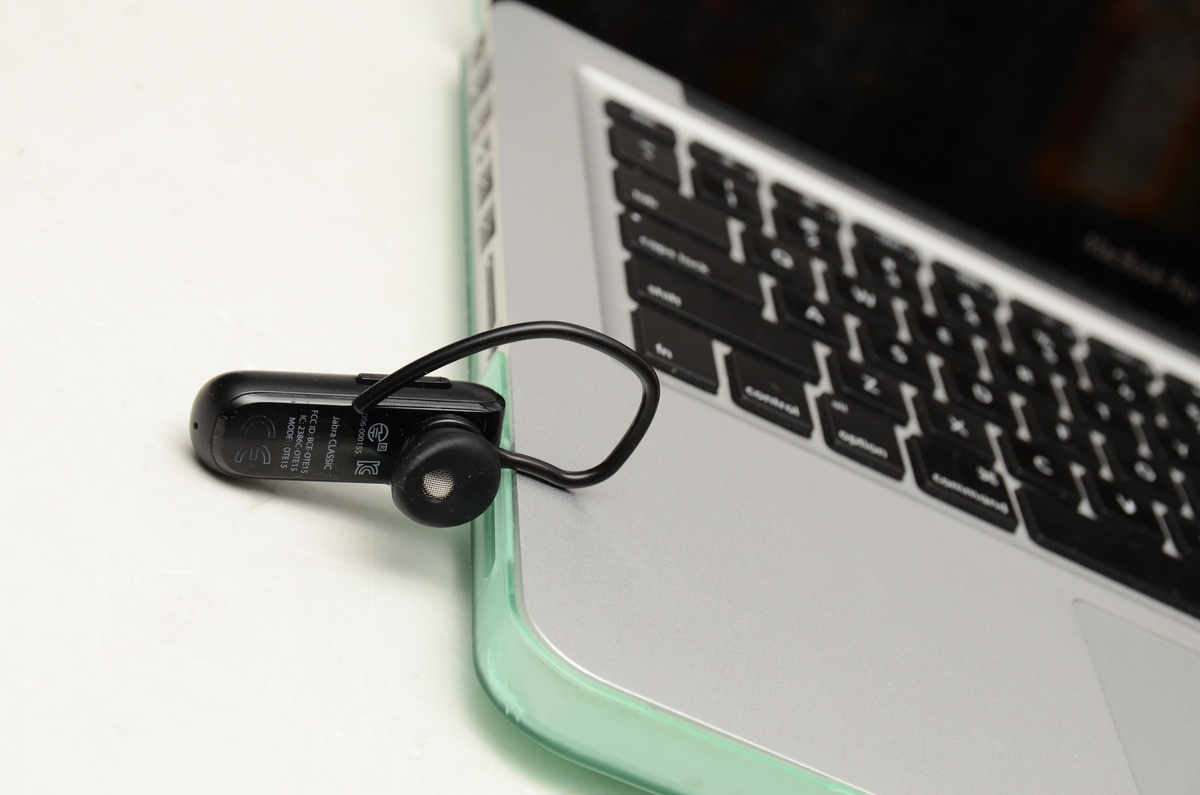
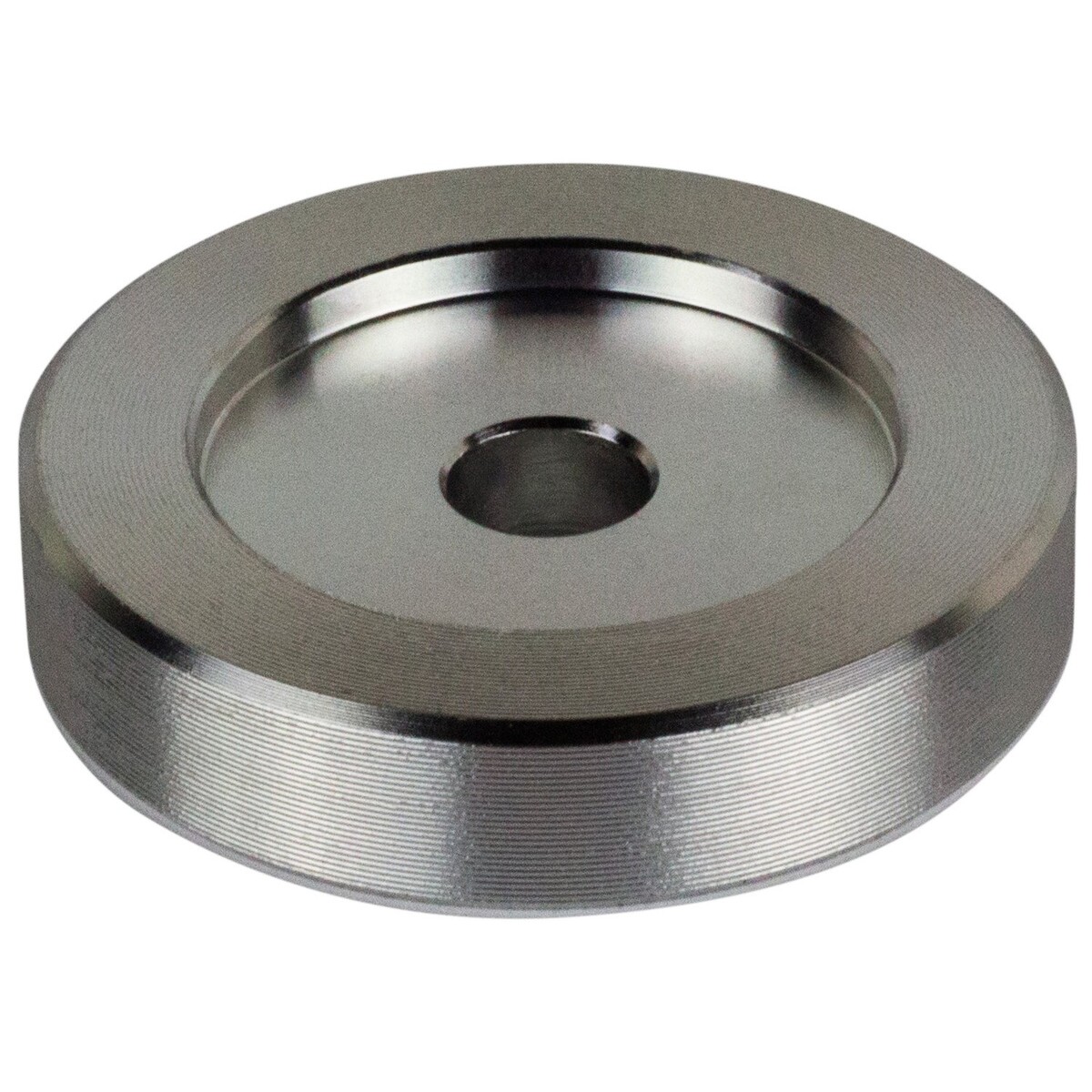
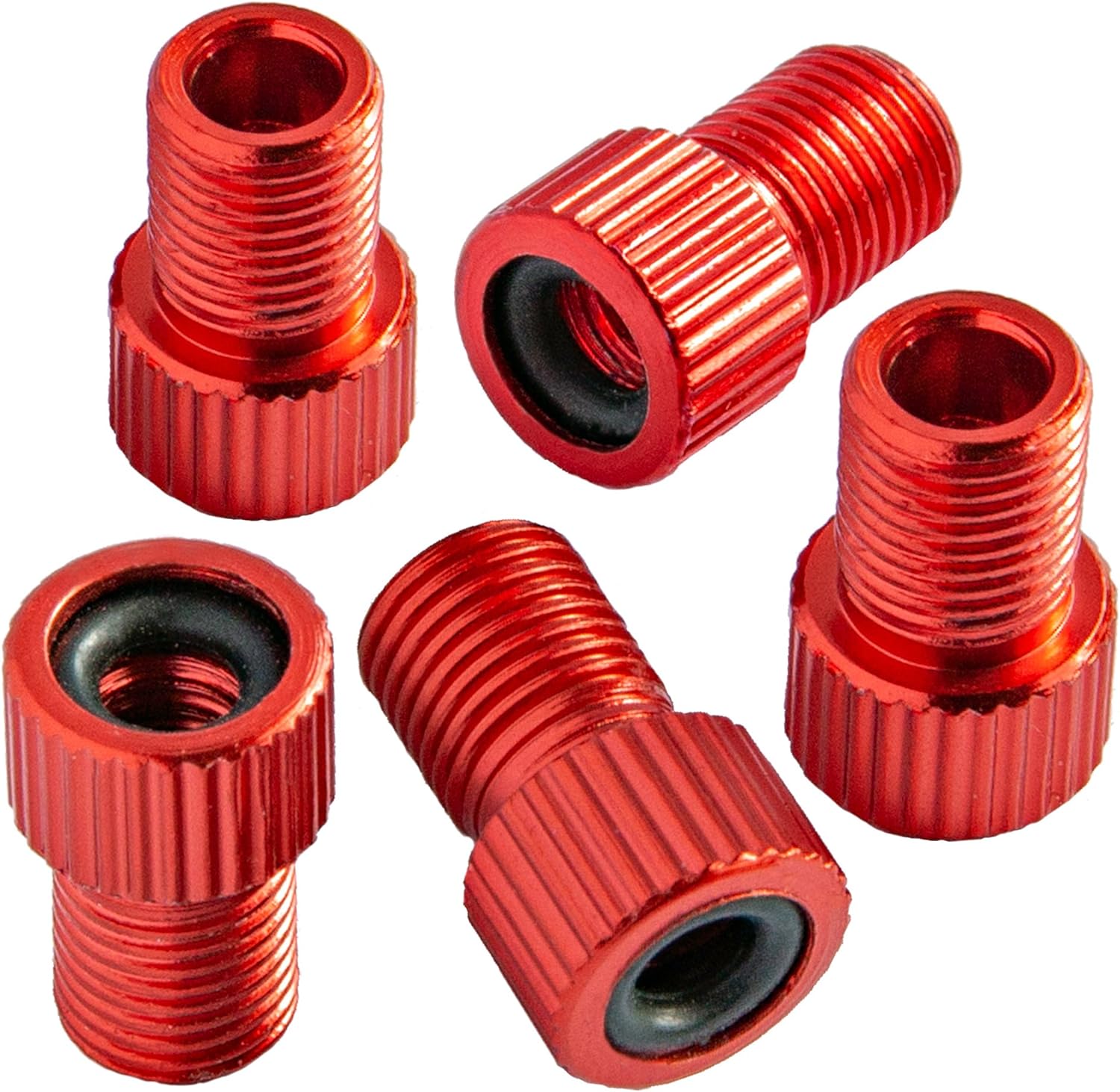
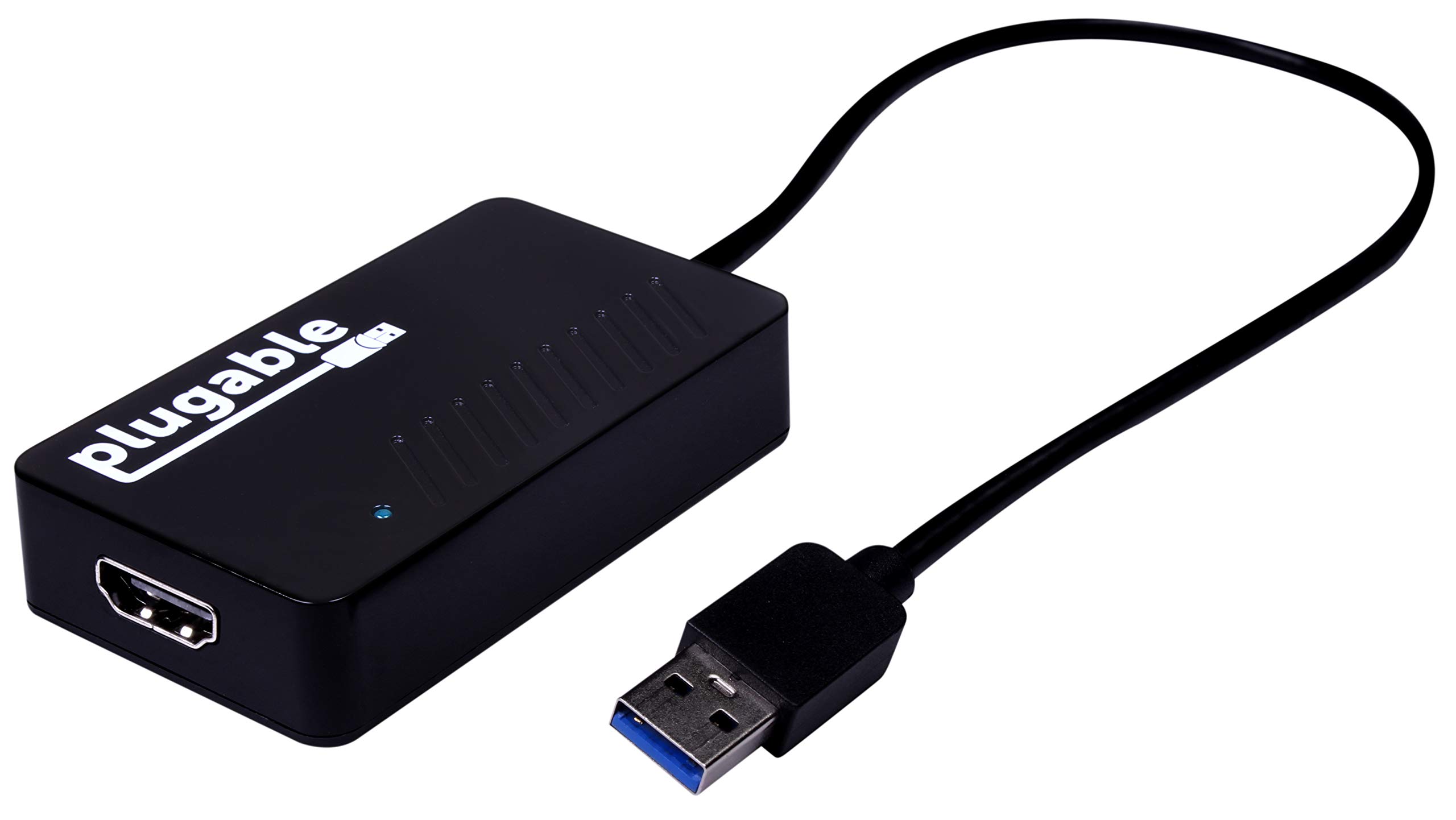
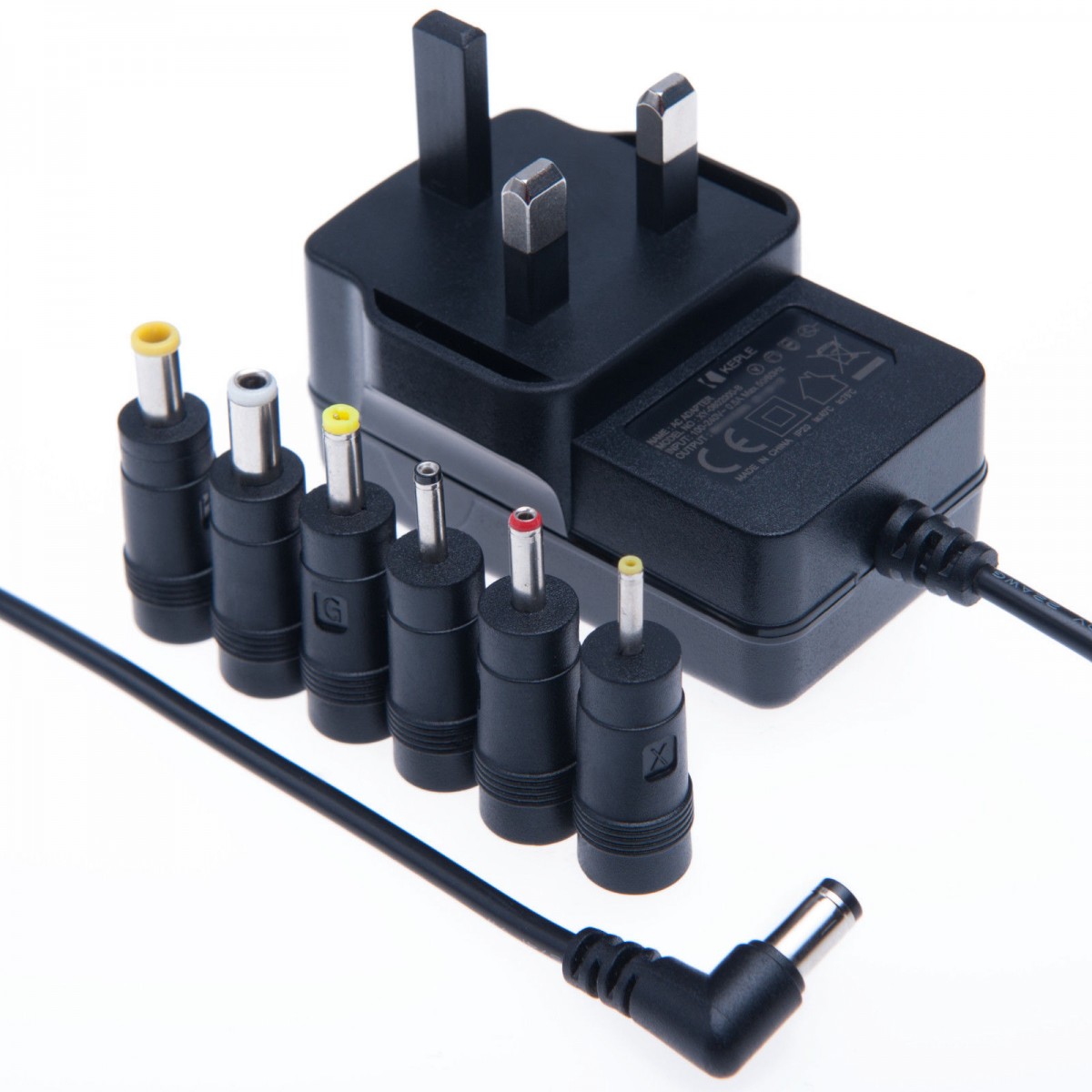

0 thoughts on “How To Use Grounding Adapter”